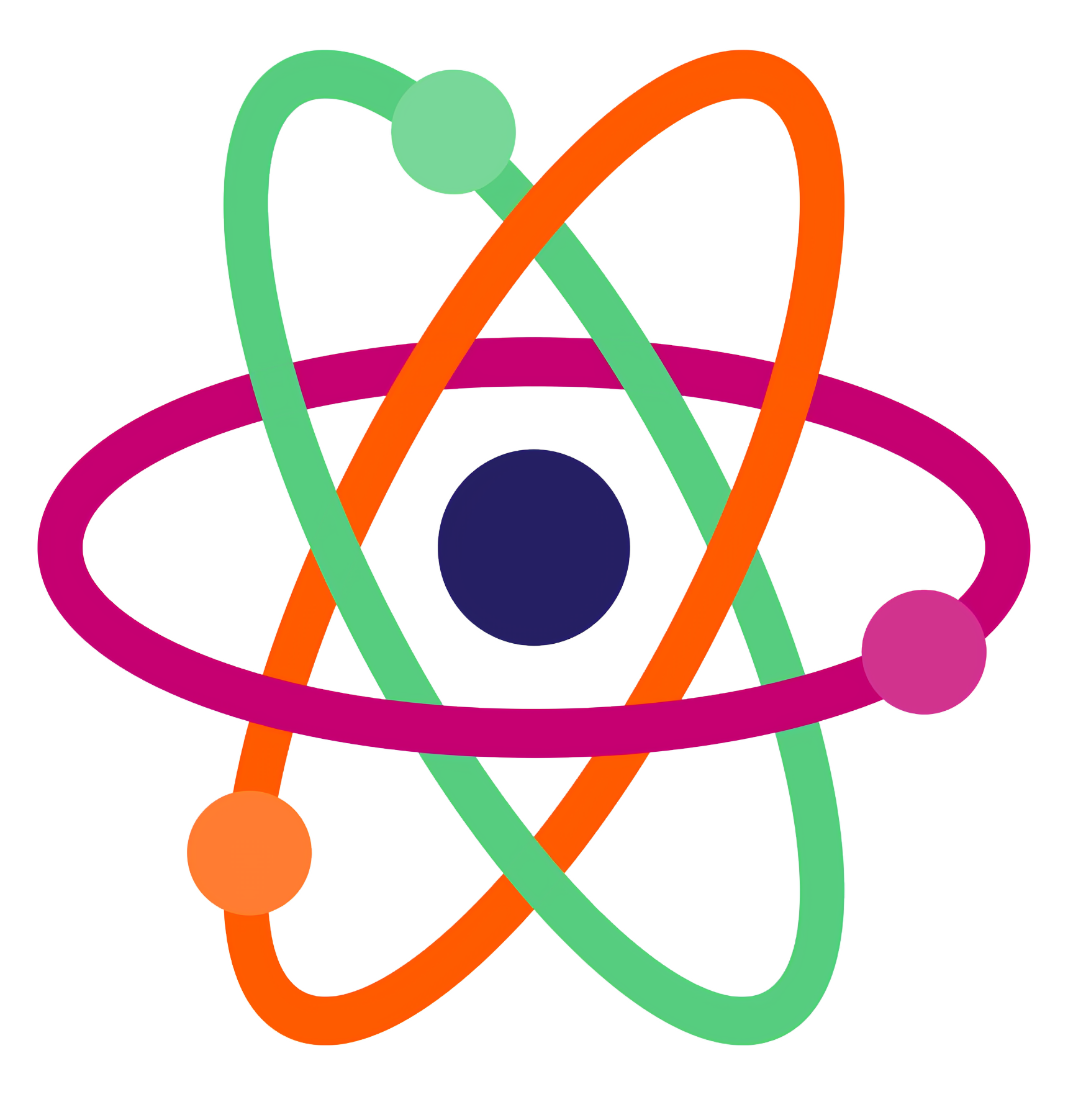Skip to main content
- Living - Grows, moves, or reproduces (e.g., animals).
- Non-living - Does not grow or move on its own (e.g., rocks).
- Organism - Any living thing (e.g., plants, animals).
- Growth - Getting bigger or developing (e.g., a seedling).
- Reproduce - Make new living things (e.g., baby animals).
- Breathe - Take in air or oxygen (e.g., humans breathing).
- Move - Change position (e.g., animals run).
- Energy - Power for living things to function (e.g., from food).
- Food - What living things eat or use (e.g., leaves, meat).
- Environment - Surroundings of living things (e.g., forest).
- Plant - Living thing that makes food from sunlight (e.g., trees).
- Animal - Living thing that eats and moves (e.g., dogs).
- Microorganism - Tiny living thing (e.g., bacteria).
- Rock - Non-living, made of minerals (e.g., stones).
- Soil - Non-living dirt where plants grow.
- Water - Non-living, needed by living things.
- Sunlight - Light from the sun, used by plants.
- Air - Non-living gas, like oxygen, for breathing.
- Characteristic - A trait of something (e.g., growth for living things).
- Survive - Stay alive with food, water, air.
- Tree - A tall plant with leaves and roots.
- Flower - Part of a plant, often colorful.
- Seed - Small part that grows into a plant.
- Leaf - Part of a plant that uses sunlight.
- Root - Part of a plant that takes in water.
- Bird - An animal with feathers and wings.
- Fish - An animal that lives in water.
- Mammal - An animal with fur or hair (e.g., cats).
- Insect - Small animal with six legs (e.g., ants).
- Human - A person, a type of living thing.
- Fungus - Living thing like mushrooms, not a plant.
- Bacteria - Tiny living things, some cause illness.
- Oxygen - Gas in air that living things need.
- Carbon dioxide - Gas plants use, animals breathe out.
- Habitat - Place where a living thing lives (e.g., pond).
- Mountain - Large non-living landform.
- River - Non-living flowing water.
- Cloud - Non-living water vapor in the sky.
- Wind - Moving air, non-living.
- Sand - Tiny non-living grains, like on a beach.
- Metal - Non-living material, like iron or steel.
- Plastic - Non-living man-made material.
- Wood - Non-living part from trees.
- Adapt - Change to survive in an environment.
- Shelter - Place living things use for protection.
- Nutrient - Substance living things need (e.g., in food).
- Photosynthesis - How plants make food using sunlight.
- Life cycle - Stages of a living thing’s growth.
- Natural - Found in nature, not man-made.
- Man-made - Non-living things made by humans (e.g., cars).
